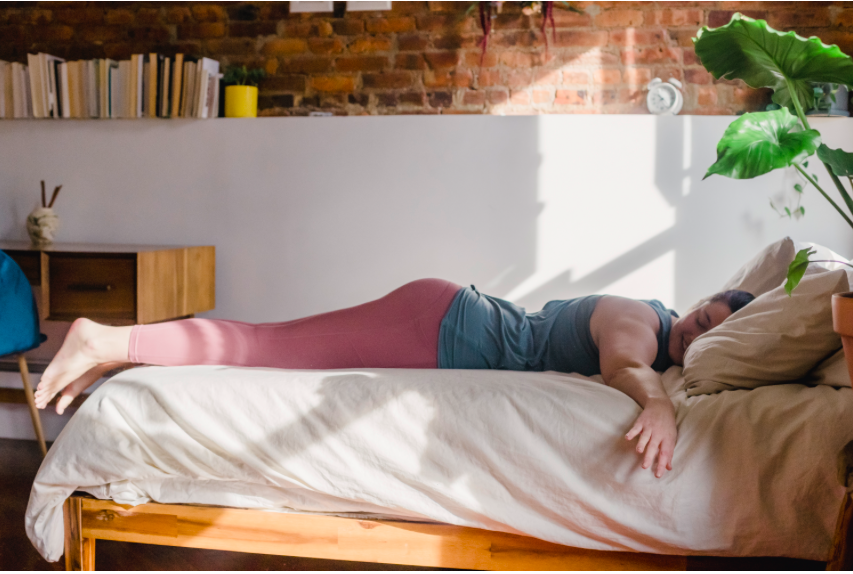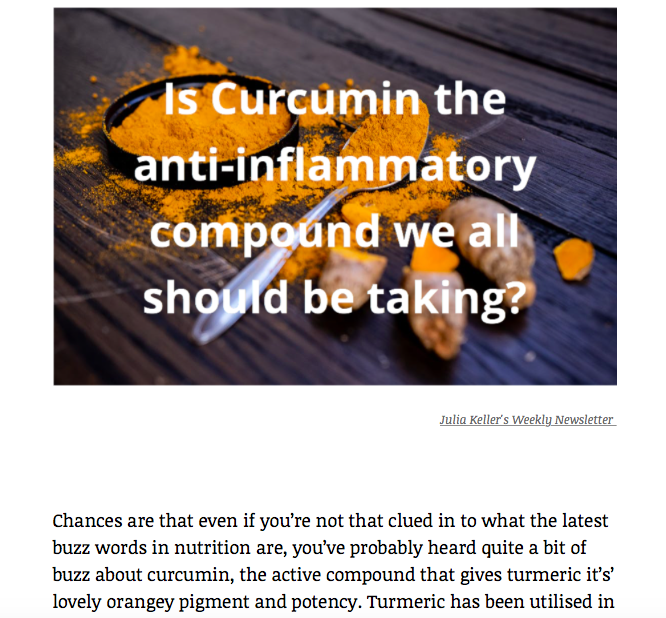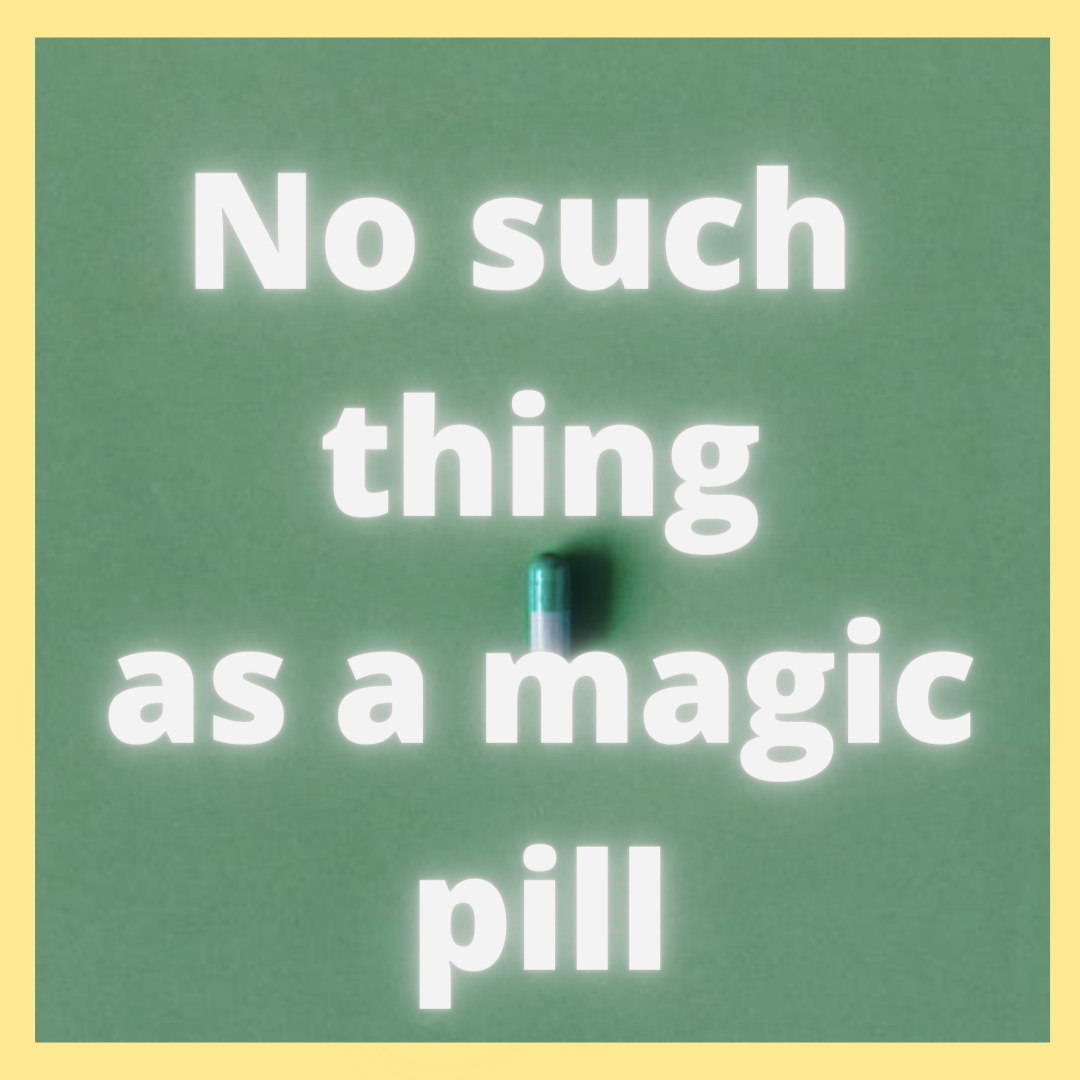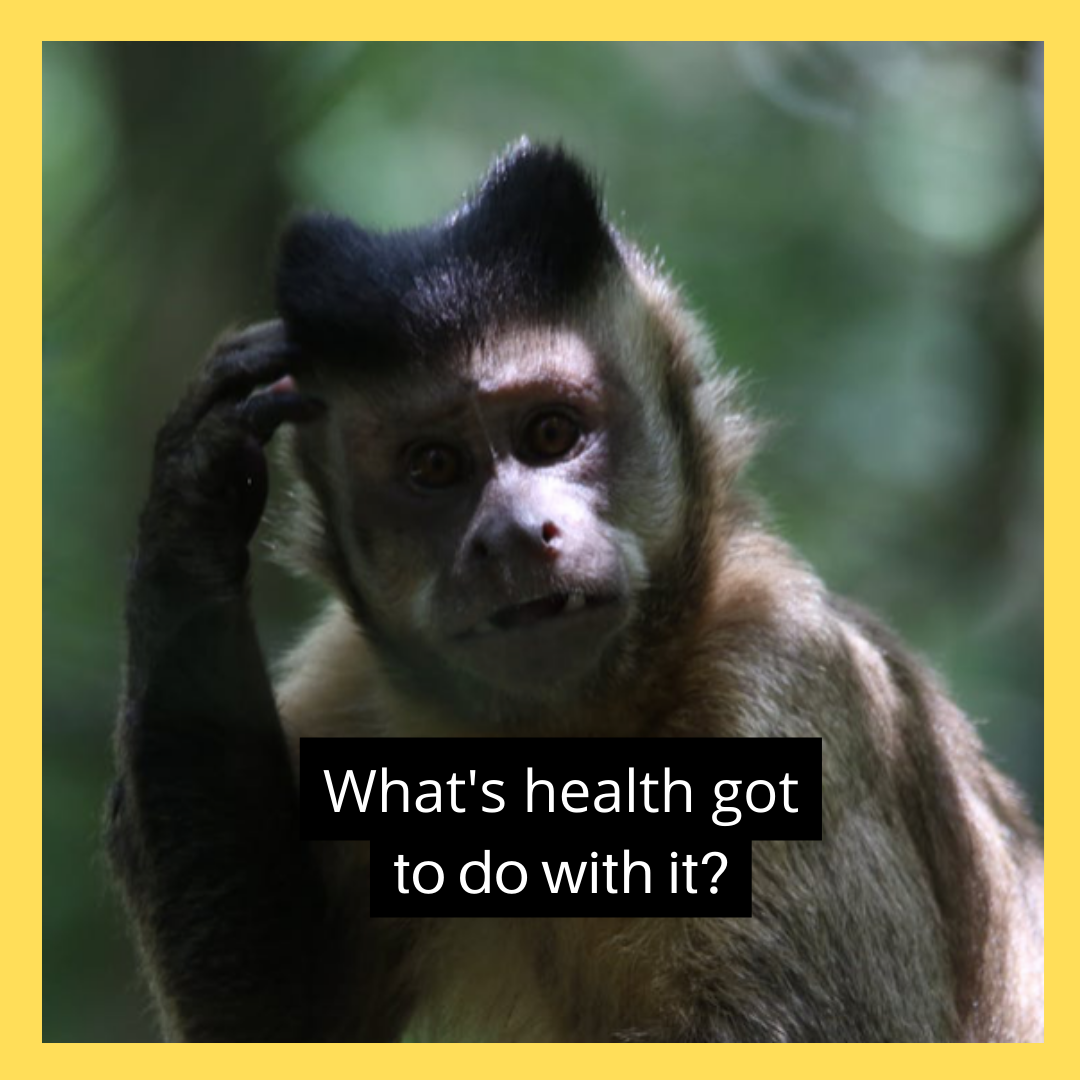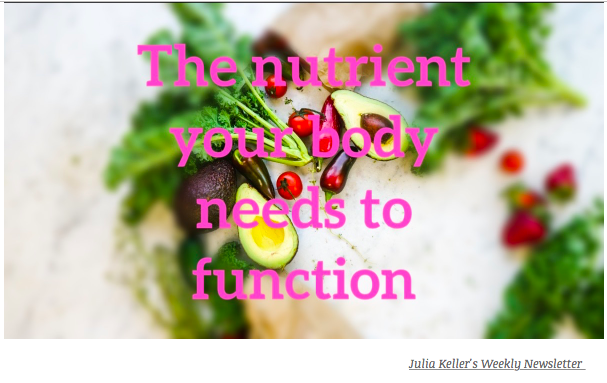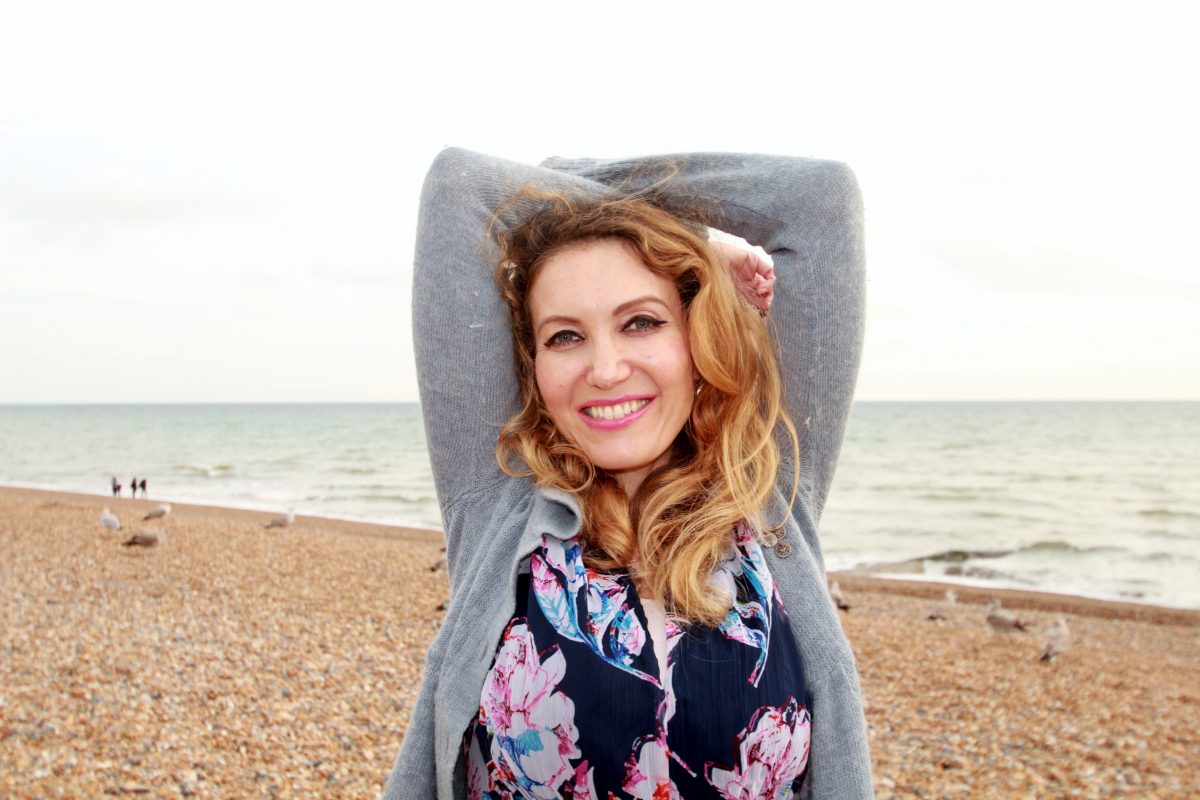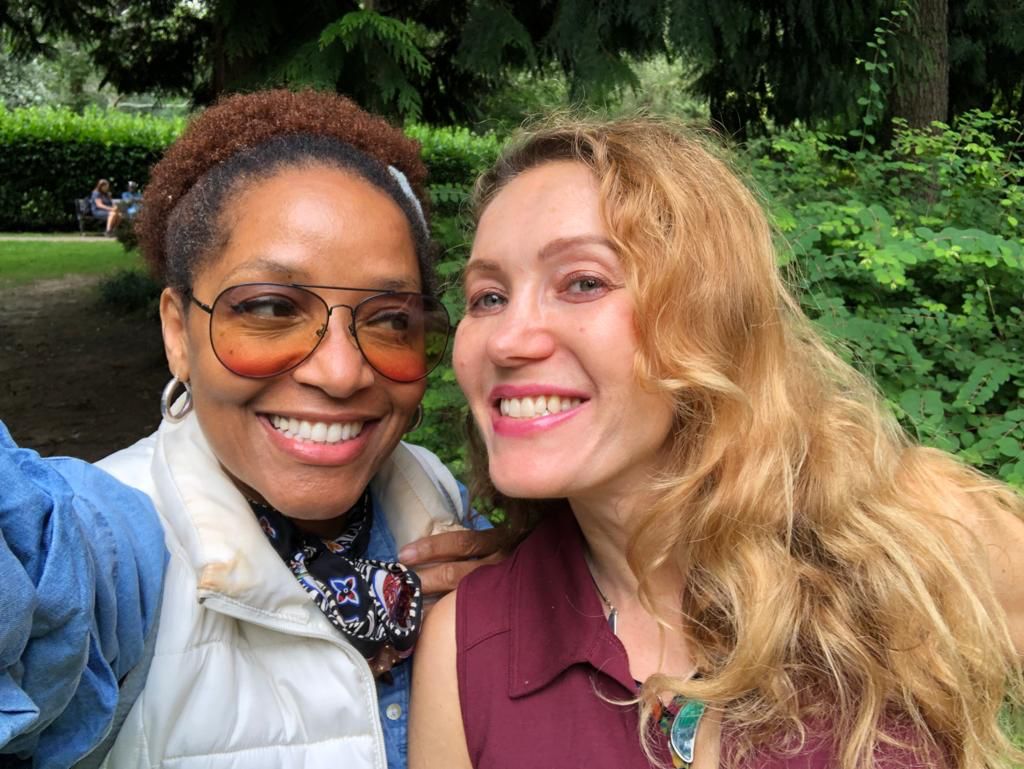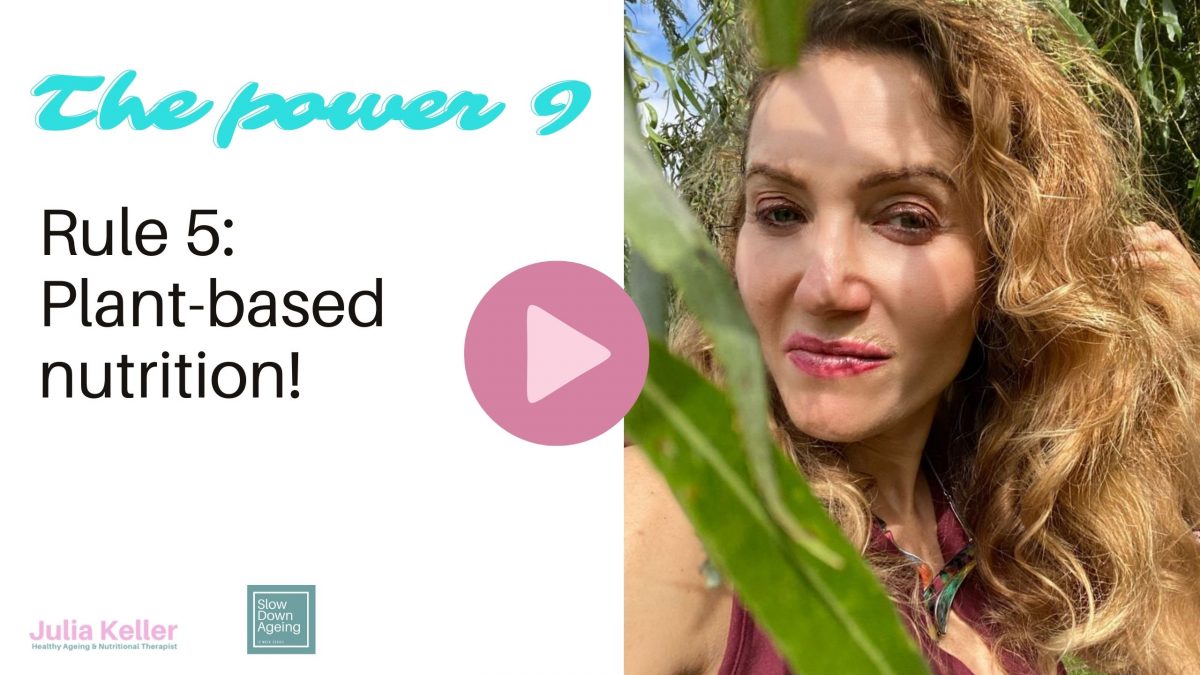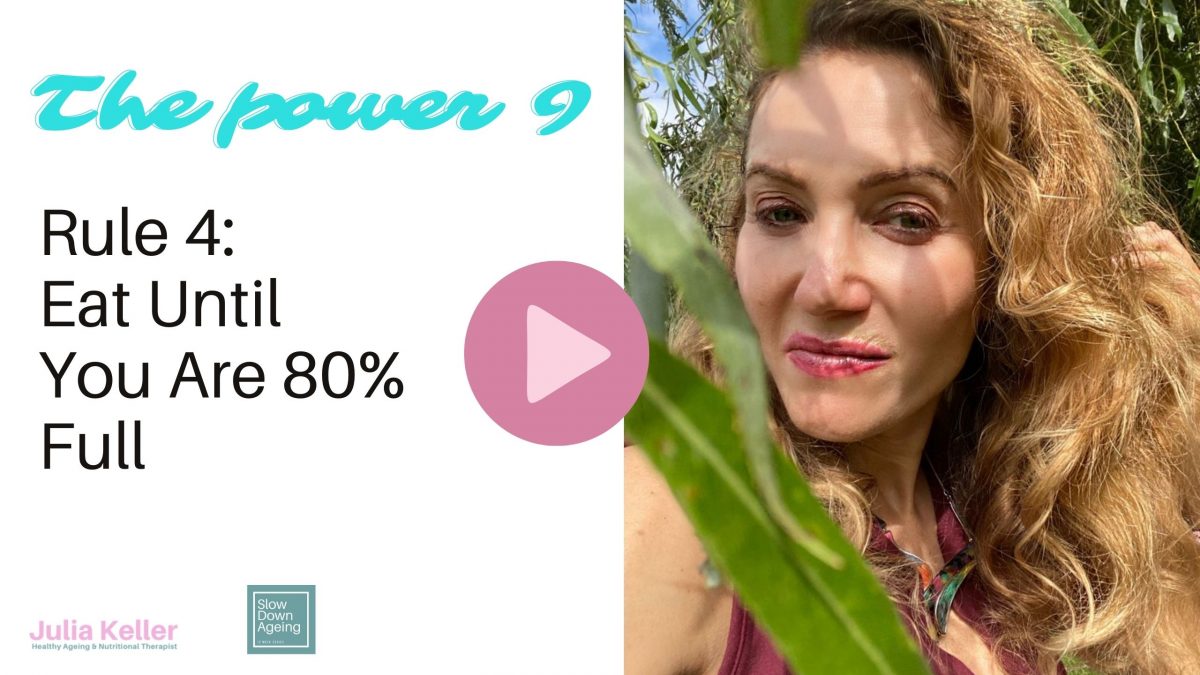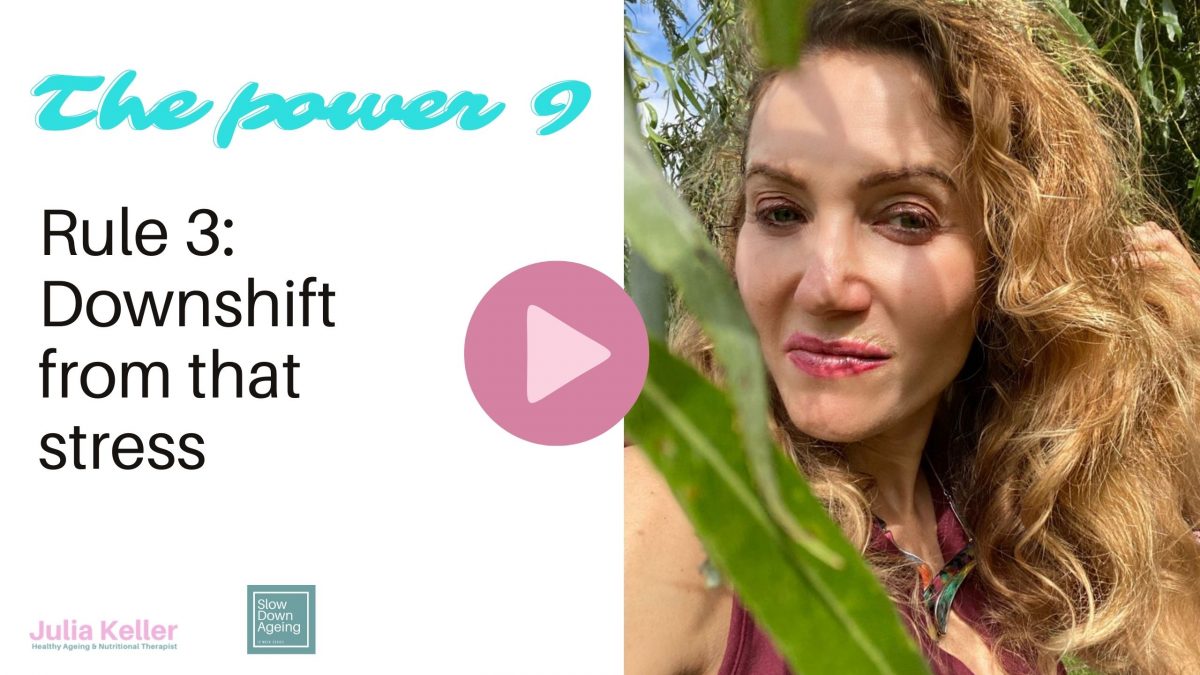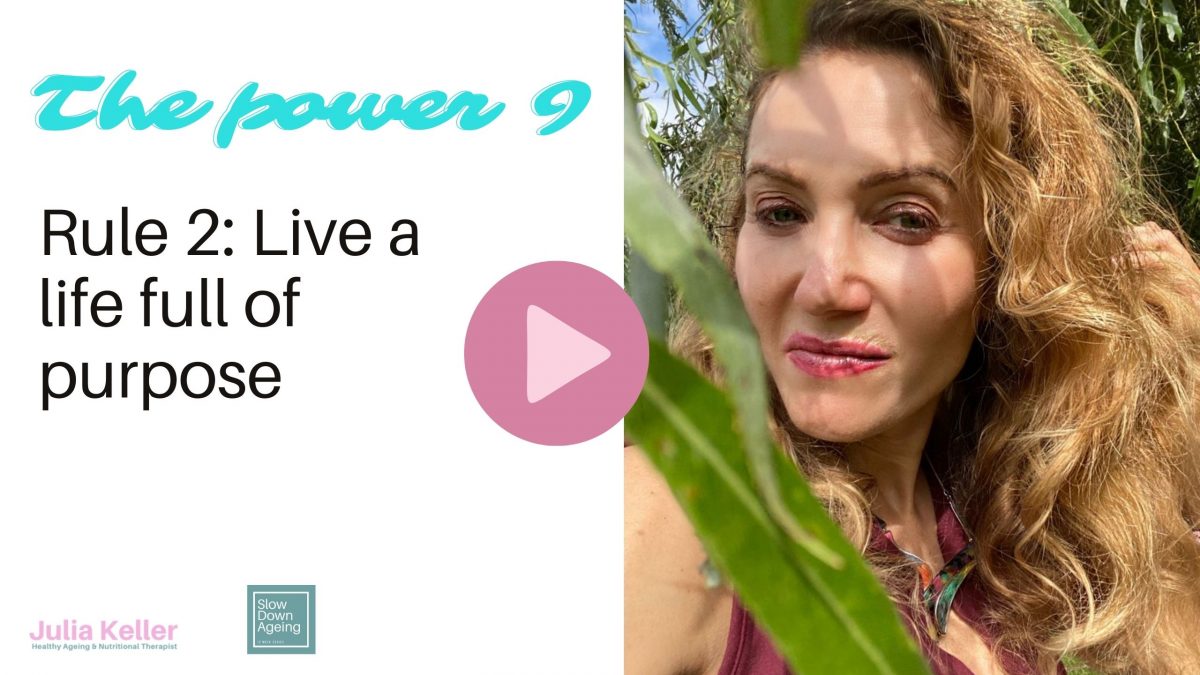Sleep is such a vital part of our health. Good quality sleep is key to keeping our mind and body in good shape; lack of adequate sleep can lead to illness, problems with memory and concentration and even mental health issues. That’s because adequate sleep helps to process thoughts, learnings, memories and with mood and healing. Our body and mind crave sleep and ideal is approximately eight hours of balanced sleep a night (1). Unfortunately, many menopausal women report suffering from sleep issues when going through the transition, and even before (during peri-menopause) and after (post-menopause). Hormonal changes impact on the production of melatonin (the sleep hormone). This means that cell reparation and brain improvements that are necessary to staying youthful and healthy are all impaired as we age (2). This explains why post-menopausal women are almost twice as likely as men to be struck with Alzheimer’s, with prevalence increasing with ageing (3). However, all is not lost. There are ways to improve sleep that most women can benefit from, with Anatome dedicated to helping customers to sleep better. Here are 5 tips for better sleep prior, during and after the menopause transition.
- Stay active during the day, but slow down by evening. Exercise may sound like an unusual addition to sleep, but in fact our bodies are built for movement and activity helps our minds to think clearer and our bodies to tire out for when the sun goes down. Ideally, moderate exercise is best with regular movement during the day. 30-90 minutes daily with part of that targeting muscle strengthening keeps our metabolism working at peak and helps our bodies to then be happily tired and ready for bed when bedtime calls. Exercise during the day helps to promote sleep at night while also reducing daytime drowsiness (4). HIIT workouts are great when time is limited. Avoid exercising too close to bedtime though as that could actually keep you awake. If that’s the only time available, opt for calmer workouts, such as yoga or pilates, which help stretch the body while calming the mind.
- Give your digestion time to rest. Going through the change is already taxing on your body and takes a lot out of you. Hot flashes and night sweats may keep you awake at night but your digestion doesn’t have to. Eating just before bed not only is likely to lead to acid reflux and other stomach issues as you lay down with a full belly, but also severely interferes with sleep. While normally sleep should prioritise your mind, with thoughts and learnings being put into order, instead your body needs to focus on digesting your food, which means less restorative and effective sleep (5). This then leads to tiredness the following day because of sleep that wasn’t deep enough to be restful. Help your body towards better sleep by giving your digestion a rest before bed. Ideally, this means stopping eating approximately 3-4 hours before laying down to sleep. If that’s not in the cards every day, try skipping dinner (or eating it early) several times a week, or at least ensure dinner is your smallest meal (not your biggest as many do).
- Keep a healthy sleep ritual. Let’s be honest, much of what we do, we do because it’s part of a daily routine. Having a regular routine means that our body often responds with hunger at certain usual times of the day because that’s when we normally eat. Well we can create a similar routine for our sleep, so that our body responds with sleepiness exactly when we should be getting ready for bed. If we’re normally night owls, it may initially be difficult to shift sleep cycles. That’s why the Anatome sleep products are so helpful, as they assist in shifting your current rhythm to a healthier one. The Reset, Relax and Sleep supplement (which should be taken an hour before your desired bedtime) serves to guide your body into that natural sleep rhythm. The Lavender Pillow Spray, Sleep Candle, Sleep Diffuser and Sleep Diffuser Oil all help your body to relax into sleep by emitting a soporific aroma into the air that your body then interprets as a sign of bedtime. Anatome also has 4 Sleep Essential Oil Blends specially dedicated to different obstacles people encounter while trying to sleep that can be applied to the body or used in a bath alongside the Relax + Sleep Bath Salts. In fact, soaking in a comfortable bath before bed is a great way to soothe tired muscles while also moving our body into a relax and sleep mode. There’s also a Sleep Tea that promotes relaxation and sleep that is the ideal blend for after dinner. Every Anatome Retail Consultant is trained to help with basic questions about sleep products offered, and for a more dedicated session clients are invited into the clinic available once weekly with a dedicated Sleep and Wellness Specialist.
- Get your daily dose of melatonin. Melatonin is the body’s natural sleep hormone which ideally should be produced as the sun goes down. Sadly, melatonin production starts to decline in women at around the age of 35, which means good quality sleep will begin to decline soon after (2). However, that doesn’t mean that sleep will elude us ever after. In fact, one way towards more effective melatonin production is through sun exposure. Another is by keeping a healthy sleep ritual so that our body is accustomed to a certain circadian rhythm. This is why those who work night shifts or travel through different timezones often suffer with bouts of insomnia when attempting to settle into a regular rhythm again. Not to worry, Anatome’s Sleep Supplement contains 5-HTP which helps the body to produce melatonin when it needs it, alongside other key sleep aids, such as magnesium, valerian, ashwagandha (an adaptogen that promotes either relaxation or sleep depending on use), chamomile and lavender (both known for their rest-inducing effects).
- Make your place of sleep very sleep-friendly. Good quality sleep begins with a sleep-friendly environment. If the last thing you want is to get into your bed, then postponing sleep will become the norm. Hence, focus on creating that ideal, comfortable sleep environment. Make sure your bedroom, and especially your bed, are clean, comfortable and welcoming and that your mattress is one you enjoy laying on. Pillows should be soft but not too high and some cultures remove pillows entirely when they sleep to encourage a flatter sleep surface. Use blackout blinds to keep the light out while you sleep and opt for a sleep mask to cover your eyes during the hours that you want them shut. Opt for sheets and pillow cases that are a high cotton count and spray them 5 minutes before bed with the Lavender Pillow Spray to further induce sleep. A silk sleep mask will likely feel nicest on eyes and you can add a small dab of your favourite Sleep Oil to the sides (avoid dabbing too close to eyes) for additional sleep help. Keep technology on airplane mode or silent mode while you’re in bed to avoid being disturbed while you sleep, as any sleep disturbance at night will interfere with the depth of sleep necessary for full restoration of mind and body.
Sleep is such a crucial part of keeping you healthy, youthful and feeling full of vitality that it is something that needs to be prioritised on a regular basis. Though sleep inevitably worsens as we age, there is much we can do to maintain good quality sleep and Anatome is built around the desire to help customers towards that elusive ideal rest.

